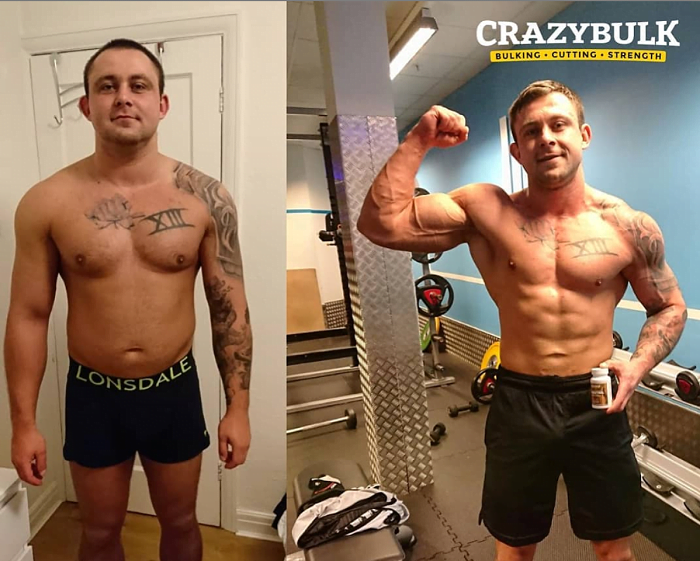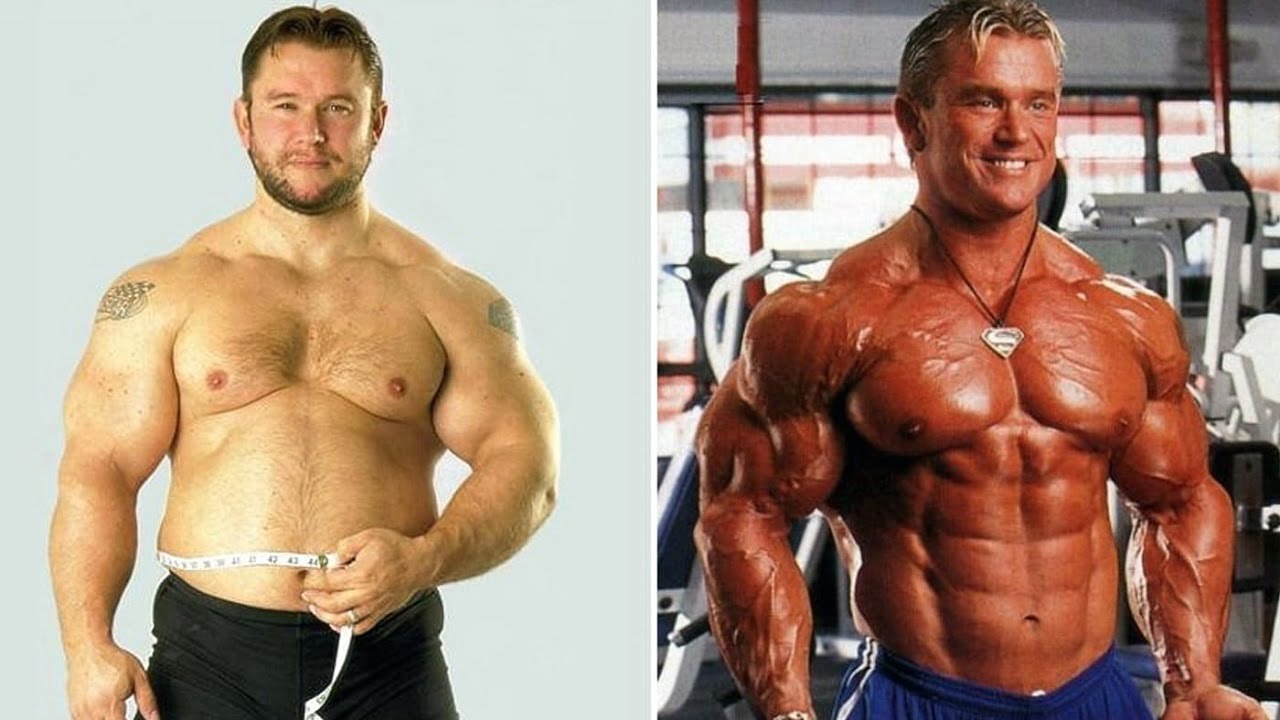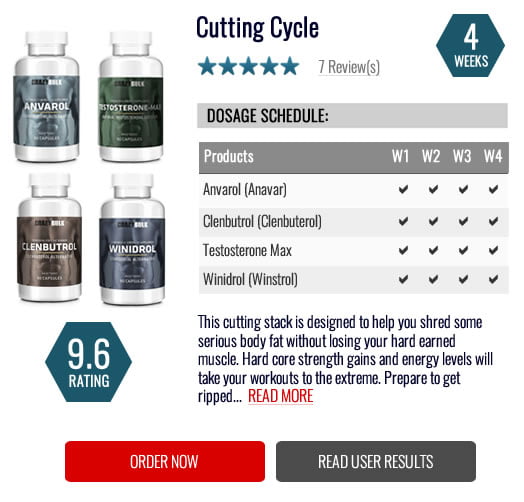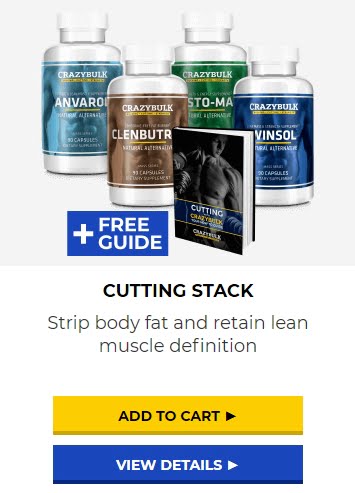How to Cut After Bulking
Contents
- 1 How to Cut After Bulking
- 2 Understanding the Bulking and Cutting Cycle
- 3 Setting Clear Goals
- 4 Designing a Tailored Cutting Diet
- 5 Crafting an Effective Workout Plan
- 6 Incorporating Cardiovascular Exercise
- 7 Tracking Progress and Making Adjustments
- 8 Staying Consistent and Patient
- 9 Supplements for Cutting
- 10 Maintaining Muscle Mass
- 11 The Mental Aspect of Cutting
- 12 Conclusion
- 13 Frequently Asked Questions (FAQs)
Bulking and cutting are two essential phases in the world of bodybuilding and fitness. While bulking focuses on building muscle mass and strength, cutting is the phase that follows, where the primary goal is to shed excess body fat to reveal the hard-earned muscle underneath. In this comprehensive guide, we’ll delve into the intricacies of How to Cut After Bulking and provide you with actionable tips, strategies, and insights to help you achieve your ideal physique.
Must Read: Best Legal Cutting Stack For Men Over 40
Understanding the Bulking and Cutting Cycle
Bulking and cutting are two distinct phases in bodybuilding, each with its unique purpose. Bulking primarily focuses on gaining muscle mass and strength. During this phase, you intentionally consume a calorie surplus, providing your body with the extra energy it needs to build new muscle tissue. This surplus helps you lift heavier weights, perform more reps, and stimulate muscle growth.
After a successful bulking phase, it’s time to transition to cutting. This phase aims to shed excess body fat while preserving the muscle you’ve gained during bulking. Cutting is like chiseling a masterpiece out of marble – you reveal the sculpted physique beneath the excess stone.
Understanding how to cut after bulking is essential because it allows you to harness the synergy between bulking and cutting. Bulking provides the foundation of muscle while cutting helps unveil it by reducing body fat levels.
Setting Clear Goals
Before embarking on a cutting phase, it’s crucial to establish specific, measurable, and achievable goals. This step forms the roadmap for your entire journey. Ask yourself:
- What is my target body fat percentage?
- Do I have a specific event or deadline for which I need to be in peak condition?
- What are my overall aesthetic goals (e.g., a lean and muscular physique, a defined six-pack, etc.)?
By setting clear goals, you’ll have a tangible endpoint to work toward. This not only keeps you motivated but also helps you tailor your approach to suit your objectives. Whether you’re aiming for a shredded beach-ready body or preparing for a bodybuilding competition, knowing your goals is key.
Designing a Tailored Cutting Diet

Your cutting diet is arguably the most critical aspect of your fat loss journey. Here, we’ll delve deeper into the intricacies of crafting an effective cutting diet:
- Caloric Deficit: The cornerstone of any cutting diet is a controlled calorie intake. You must consume fewer calories than your body burns daily to create a caloric deficit. However, it’s vital to maintain a moderate deficit to avoid muscle loss and metabolic slowdown.
- Macronutrient Balance: Fine-tune your macronutrient ratios. Prioritize protein intake to ensure you preserve muscle mass during the calorie deficit. Allocate carbohydrates to fuel intense workouts, and manage fat intake for overall health.
- Meal Timing: Pay attention to meal timing. Spreading your meals evenly throughout the day can help stabilize blood sugar levels, optimize metabolism, and control hunger.
- Whole Foods: Emphasize whole, nutrient-dense foods like lean proteins (chicken, turkey, lean beef, fish), vegetables, fruits, whole grains, and healthy fats (avocado, nuts, olive oil).
By adhering to these dietary guidelines, you’ll create an environment conducive to fat loss while minimizing muscle catabolism.
Crafting an Effective Workout Plan
During the cutting phase, your workout routine should be strategically structured to promote fat loss while preserving muscle mass. Here’s a closer look at how to optimize your workouts:
- Resistance Training: Continue to include resistance or strength training in your regimen. It’s crucial for maintaining muscle mass during a caloric deficit. While you may reduce the volume to accommodate lower energy levels, maintain intensity by lifting challenging weights.
- Compound Exercises: Focus on compound movements like squats, deadlifts, bench presses, and overhead presses. These exercises engage multiple muscle groups, promoting efficient calorie burn and muscle engagement.
- Progressive Overload: Maintain the principle of progressive overload. Aim to increase either the weight lifted or the number of repetitions over time. This ensures that you continually challenge your muscles, promoting growth and strength even during a caloric deficit.
Incorporating Cardiovascular Exercise
Cardiovascular exercise plays a vital role in expediting fat loss and improving overall fitness. Here’s how to incorporate cardio effectively:
- HIIT (High-Intensity Interval Training): HIIT workouts are intense bursts of activity followed by short periods of rest or low-intensity activity. They are excellent for burning calories, boosting metabolism, and improving cardiovascular health. HIIT sessions are typically shorter but more demanding than traditional steady-state cardio.
- LISS (Low-Intensity Steady-State): LISS involves maintaining a consistent, low-to-moderate level of intensity over an extended period, typically 30-60 minutes. It’s a valuable addition to your routine, especially on recovery days, as it promotes fat oxidation and enhances endurance.
Balancing HIIT and LISS in your workout regimen can help you maximize fat loss while preserving muscle mass.
Tracking Progress and Making Adjustments
Tracking your progress is crucial for ensuring that you’re moving in the right direction. Here’s how to do it effectively:
- Measurements: Regularly measure key metrics such as body weight, body fat percentage, and waist circumference. These provide quantitative data on your progress.
- Photos: Take progress photos from multiple angles in consistent lighting to visually document changes in your physique.
- Performance Metrics: Keep a workout log to track strength and endurance gains. If you notice a significant decline in performance, it may be time to adjust your caloric intake or workout routine.
Making adjustments is essential as your body adapts to the changes. If you hit a plateau in fat loss or muscle maintenance, consider revising your diet or workout plan. Incremental adjustments can help you break through plateaus and continue making progress.
Staying Consistent and Patient
Consistency is the bedrock of any successful cutting phase. However, cutting can be mentally challenging due to calorie restrictions and hunger. Here’s how to stay on course:
- Mindful Eating: Pay attention to hunger cues and practice mindful eating. Savor each meal, and avoid distractions like phones or TVs during meals. This can help you appreciate your food more and prevent overeating.
- Cheat Meals: Occasionally incorporating cheat meals can help satisfy cravings and keep you motivated. However, do so in moderation to prevent derailing your progress.
- Mental Toughness: Maintaining a positive mindset is crucial. Visualize your goals and remind yourself of the progress you’ve made. It’s a long-term journey, and staying patient is key to success.
Supplements for Cutting
While supplements should not replace a well-rounded diet, they can complement your efforts during a cutting phase. Here’s a closer look at some helpful supplements:
- Protein Powder: A convenient way to ensure you meet your daily protein requirements, especially if your diet lacks sufficient protein sources.
- BCAAs (Branched-Chain Amino Acids): BCAAs may help preserve muscle tissue during calorie deficits by providing essential amino acids.
- Caffeine: Caffeine is a natural stimulant that can enhance energy levels and potentially boost metabolism, aiding in fat loss.
- Fish Oil: Fish oil supplements provide essential fatty acids (omega-3s), which support overall health and inflammation management.
Supplements can provide an extra edge, but remember that they should be used alongside a balanced diet and regular exercise.
Maintaining Muscle Mass
Preserving muscle mass is a primary concern during a cutting phase. Here are strategies to prevent muscle loss:
- Adequate Protein: Ensure your daily protein intake is sufficient to support muscle maintenance and repair. Aim for at least 1.2 grams of protein per pound of body weight.
- Strength Training: Continue strength training with a focus on compound exercises. This signals your body to preserve muscle mass.
- Sleep and Recovery: Prioritize sleep and manage stress. Inadequate sleep and high stress levels can hinder muscle recovery and increase the risk of muscle loss.
By following these guidelines, you can minimize muscle loss while achieving your fat loss goals.
The Mental Aspect of Cutting
The mental aspect of cutting cannot be underestimated. Here are strategies to help you stay mentally resilient:
- Goal Visualization: Continually visualize your end goals. This can provide motivation and a clear sense of purpose.
- Support System: Lean on your support system, whether it’s friends, family, or fellow fitness enthusiasts. They can provide encouragement and accountability.
- Mindfulness: Practice mindfulness and stress-reduction techniques to manage the mental challenges that come with calorie restriction.
Remember that cutting is not just a physical journey but a mental one as well. Staying mentally strong is crucial for long-term success.
Conclusion
In conclusion, the cutting phase is an essential part of the bulking and cutting cycle in bodybuilding and fitness. By understanding the cycle, setting clear goals, designing a tailored cutting diet, crafting an effective workout plan, incorporating cardiovascular exercise, tracking progress, staying consistent, and being patient, you can achieve your desired physique while preserving your hard-earned muscle.
Supplements can offer support, but they should not replace a balanced diet and regular exercise. Maintaining muscle mass and addressing the mental aspect of cutting are equally vital for a successful journey.
Always consult with a healthcare or fitness professional before making significant changes to your diet or exercise routine, especially if you have underlying health conditions. Remember that your fitness journey is a lifelong commitment, and the knowledge and discipline you gain during the cutting phase will serve you well in achieving and maintaining your fitness goals.
Frequently Asked Questions (FAQs)
How long should a cutting phase last?
The duration of a cutting phase can vary depending on individual goals and starting points. Typically, a cutting phase can last anywhere from 8 to 16 weeks. However, it’s essential to monitor your progress and adjust accordingly. Some individuals may need a longer or shorter cutting phase to reach their desired body fat percentage.
Can I do cardio while cutting to speed up fat loss?
A2: Yes, incorporating cardiovascular exercises, such as HIIT and LISS, can be beneficial for accelerating fat loss. Cardio increases calorie expenditure and improves cardiovascular health. However, it’s essential to strike a balance to prevent muscle loss. Overdoing cardio can lead to muscle catabolism, so monitor your workouts and adjust as needed.
Should I track my calorie intake during a cutting phase?
A3: Yes, tracking your calorie intake is highly recommended during a cutting phase. It’s the most effective way to ensure you maintain a caloric deficit, which is necessary for fat loss. Many mobile apps and online tools can help you track your calories and macronutrients easily.
Is it normal to experience hunger during a cutting phase?
Yes, it’s entirely normal to experience increased hunger when in a caloric deficit. Your body is receiving fewer calories than it’s used to, so hunger cues are expected. To manage this, practice mindful eating, spread your meals throughout the day, and consider incorporating foods that help you feel full, such as high-fiber vegetables and lean proteins.
Can I have cheat meals during the cutting phase?
Yes, occasional cheat meals can be included in your cutting plan. They can help satisfy cravings and provide a mental break from the rigors of dieting. However, exercise moderation and don’t overindulge, as excessive cheat meals can hinder progress. Plan them strategically, perhaps once a week or as needed.
How do I break through a weight loss plateau during cutting?
If you hit a weight loss plateau, consider making adjustments. You can slightly reduce your calorie intake, increase your physical activity, or alter your workout routine. Sometimes, simply changing your routine or adding variety to your workouts can help break through plateaus.
Can I cut without losing muscle mass?
While some muscle loss is almost inevitable during a cutting phase, you can minimize it by maintaining a proper protein intake, continuing strength training, and getting adequate rest and recovery. Focus on preserving strength and performance in the gym to signal your body to retain muscle.
Is it essential to take supplements during the cutting phase?
Supplements are not a requirement, but they can support your efforts. Protein powder can help meet protein goals, BCAAs may assist in muscle preservation, caffeine can boost energy and metabolism, and fish oil provides essential fatty acids. Always consult with a healthcare professional before adding supplements to your regimen.
Can I do intermittent fasting while cutting?
Intermittent fasting can be compatible with a cutting phase for some individuals. It may help control calorie intake and improve insulin sensitivity. However, it’s essential to ensure that you’re still meeting your daily calorie and nutrient needs within your eating window.
What is the best way to maintain my progress after a cutting phase?
After a successful cutting phase, transition to a maintenance phase where you consume enough calories to maintain your desired body composition. Continue regular exercise and a balanced diet. Gradually adjust your caloric intake to find the right balance that keeps you in shape without drastic changes.



